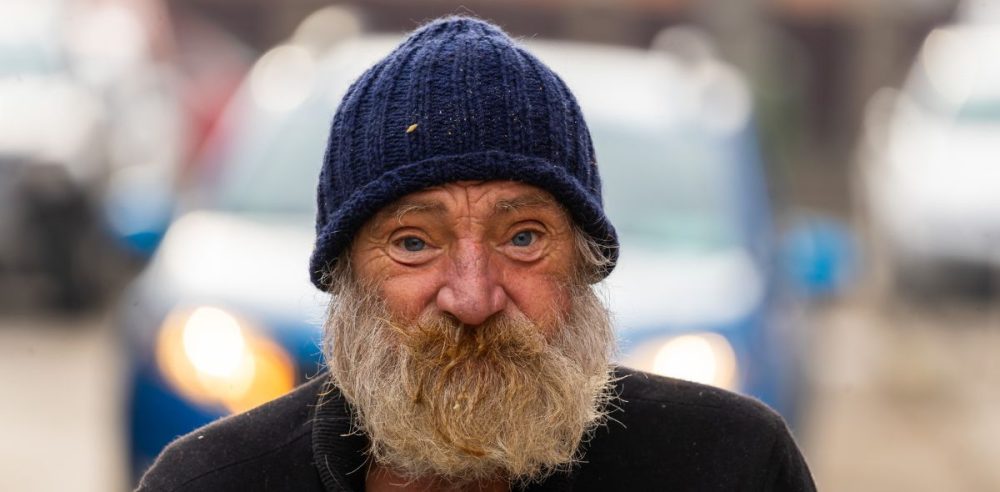Over 100 people facing homelessness in Dallas have found a home in the past 100 days thanks to a City initiative.
The program, Street-to-Home, began in July. It is a partnership between the All Neighbors Coalition, a group of 152 organizations working to solve homelessness in Dallas and Collin County, and Housing Forward, a nonprofit that works to find shelter for the unhoused.
The City granted Street-to-Home $30 million during the summer to connect people on the street with housing and other services.
The first wave of the program targeted three homeless encampments, all near City Hall. At a press conference on Monday, leaders of the project announced that since July, 107 people from the three encampments have been connected to housing.
“This is a new way of doing business where we are not just moving encampments from block to block, we’re actually resolving them,” Housing Forward CEO and President Sarah Kahn said at the presser, per WFAA.
City officials shared photos of the encampments in Downtown Dallas taken earlier this summer and compared them with recent photos of the same areas that are now cleared.
After each homeless person in the encampment has been helped, city crews will clear and close the site. On Monday, a sign was placed outside of Dallas’ main library informing people that they are no longer allowed to camp in the area. A phone number for the Department of Homeless Solutions was provided.
“The city is ensuring that those locations remain open for public use and are not repopulated by people sleeping and camping there,” Kahn said. “We are targeting public spaces and resolving street homelessness location by location across Dallas.”
Charles William, a Dallas artist who lost his home in 2020 and has been living on the street near the city’s library since is one of the 107 who has found housing due to the program.
He spoke at Monday’s press conference, saying, “This program may be … a middle [point] that will help people transition from the street to a house — because that middle [point] is lonely. And people don’t know how to react to that.”
William said that while some homeless persons may not accept the help of the program, it is a starting point for many who do. “I’d like to thank all of y’all for making this a simple and easy process for us,” he said.
The program’s goal is to cut the unsheltered homeless population by 50% by 2026. Housing Forward has already seen a 24% reduction since beginning its efforts in 2021.
Street-to-Home will begin working on its next wave of clearing up encampments. While the efforts are mainly focused on Downtown Dallas, the plan is to expand the services across the Metroplex.
Despite the progress, some City Council members said that other options need to be considered.
“There are some individuals that will flat out refuse service and don’t want to be housed so that’s the demographic that we really have to focus in on as a city,” Council Member Jesse Moreno (District 2) said at the press conference. “Homelessness is very complex and it’s not a one-size solution.”
Moreno expressed his support for Street-to-Home but said he wants to look at options that do not include putting people in homes.
“We don’t need to invest in campsites,” responded Kahn. “We have a tool that is actually proven to get people into their own homes and get them the support they need so they actually stay in there long-term.”
According to polling conducted by The Dallas Express, about 75% of Dallas voters believe that homelessness, vagrancy, and panhandling are major problems in the city. However, most respondents expressed support for the “one-stop-shop” homeless services model used by Haven for Hope in San Antonio, which provides housing and an array of services for the homeless all on one campus. The model has been credited with a 77% decrease in unsheltered homelessness in the city’s downtown area.


